Counter regrets/satisfaction (concrete, soapstone, slate)
Phronesis
10 years ago
Featured Answer
Sort by:Oldest
Comments (6)
xxxxOldTimeCarpenter
10 years agolast modified: 9 years agoRelated Professionals
Barrington Hills Kitchen & Bathroom Designers · Olympia Heights Kitchen & Bathroom Designers · Hopewell Kitchen & Bathroom Remodelers · Channahon Kitchen & Bathroom Remodelers · Hickory Kitchen & Bathroom Remodelers · Republic Kitchen & Bathroom Remodelers · Vashon Kitchen & Bathroom Remodelers · Lawndale Kitchen & Bathroom Remodelers · Hawthorne Kitchen & Bathroom Remodelers · Crestline Cabinets & Cabinetry · Wells Branch Cabinets & Cabinetry · Albertville Tile and Stone Contractors · Dana Point Tile and Stone Contractors · Castaic Design-Build Firms · Mililani Town Design-Build Firmsremodelfla
10 years agolast modified: 9 years agoleela4
10 years agolast modified: 9 years agodretutz
10 years agolast modified: 9 years agoratrem
10 years agolast modified: 9 years ago
Related Stories
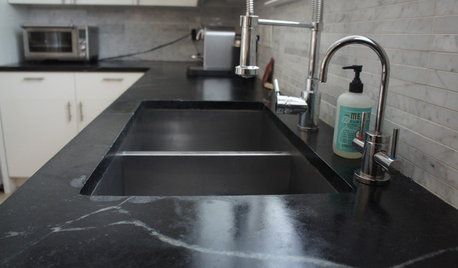
KITCHEN DESIGNSoapstone Counters: A Love Story
Love means accepting — maybe even celebrating — imperfections. See if soapstone’s assets and imperfections will work for you
Full Story
KITCHEN COUNTERTOPS10 Top Backsplashes to Pair With Soapstone Countertops
Simplify your decision-making process by checking out how these styles work with soapstone
Full Story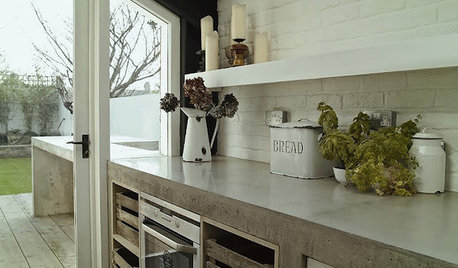
KITCHEN COUNTERTOPSKitchen Counters: Concrete, the Nearly Indestructible Option
Infinitely customizable and with an amazingly long life span, concrete countertops are an excellent option for any kitchen
Full Story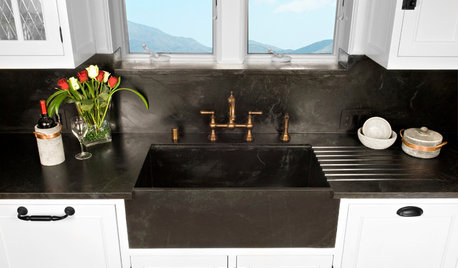
KITCHEN DESIGNKitchen Sinks: Soapstone for Germ-Free Beauty and Durability
Stains and bacteria? Not on soapstone's watch. But this sink material's benefits don't come cheap.
Full Story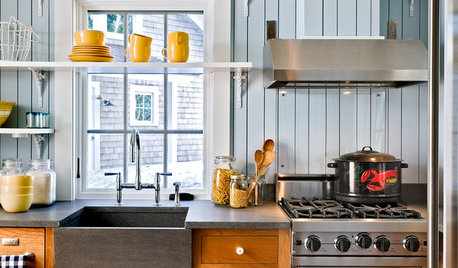
KITCHEN DESIGNKitchen Sinks: Slate Surfaces Rock for Strength and Style
Go for a sandblasted pattern or keep it simple — slate sinks show quality and promise durability no matter how you roll
Full Story
GREEN BUILDINGHouzz Tour: See a Concrete House With a $0 Energy Bill
Passive House principles and universal design elements result in a home that’ll work efficiently for the long haul
Full Story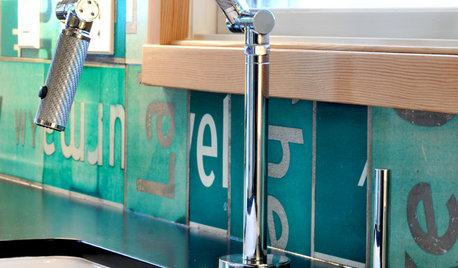
KITCHEN DESIGNSuper Backsplashes to Pair With Recycled-Paper Counters
Aesthetics and personal ethics come together for most folks who opt for this eco-friendly material
Full Story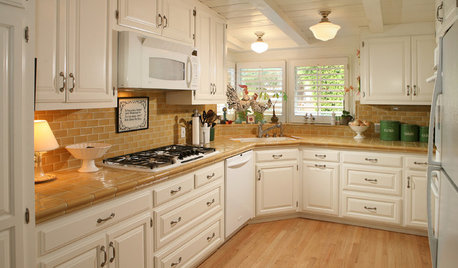
KITCHEN COUNTERTOPSKitchen Counters: Tile, the Choice for Affordable Durability
DIYers and budget-minded remodelers often look to this countertop material, which can last for decades with the right maintenance
Full Story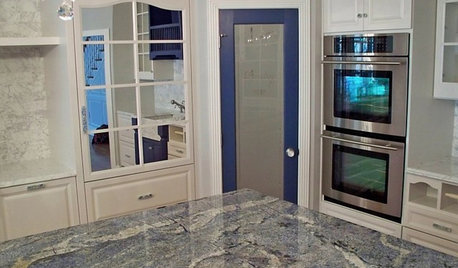
KITCHEN COUNTERTOPSKitchen Counters: Granite, Still a Go-to Surface Choice
Every slab of this natural stone is one of a kind — but there are things to watch for while you're admiring its unique beauty
Full Story





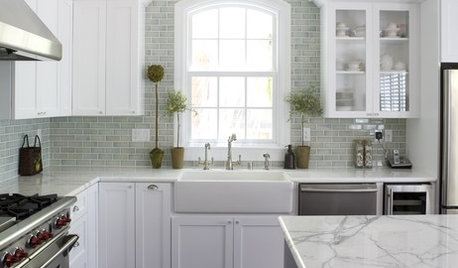
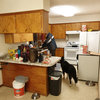
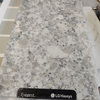

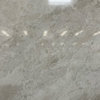
mihelene